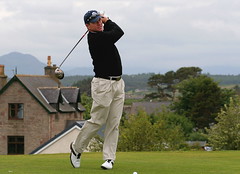 Photo by foxypar4By John Andrisani
USGTF Level III Member and Contributing Writer Vero Beach, Florida
Photo by foxypar4By John Andrisani
USGTF Level III Member and Contributing Writer Vero Beach, Florida
Copyright © 2023 United States Golf Teachers Federation, All Rights Reserved
200 S. Indian River Drive, Suite #206, Fort Pierce, FL 34950
772-88-USGTF or 772-595-6490 - www.usgtf.com
200 S. Indian River Drive, Suite #206, Fort Pierce, FL 34950
772-88-USGTF or 772-595-6490 - www.usgtf.com
